Do You Remember These Now-Defunct Restaurant Chains?

So many delicious restaurants have gone downhill and kicked the bucket over the years, and it’s likely that you’ve had at least one of your favorites shut down at some point. While some restaurants withstand the test of time, others reach great heights only to come crashing down.
Have you recently had a craving for something you can’t get because your favorite restaurant no longer exists? Maybe you’re hankering for a Steak and Ale sirloin or an ice-cold A&W draft root beer. Although these restaurants are history now, their memories live on…
Howard Johnson’s
Howard Johnson’s was a thriving business during the 1970s, and you would often see as many of these restaurants as you would McDonald’s along the highway. It was founded by Howard Deering Johnson and became a popular restaurant with well over 1,000 locations. It was so popular in the 1960s that a new restaurant was opening every nine days!
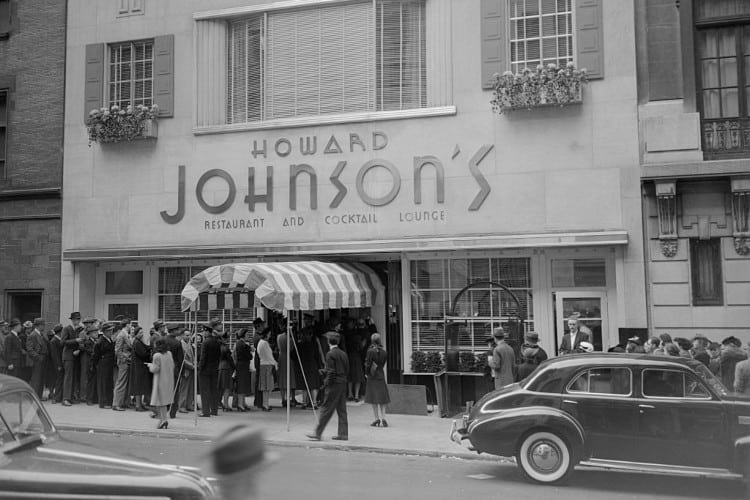
Howard Johnson’s had an extensive menu consisting of 28 ice cream flavors, fried clams, and butter-grilled hot dogs. Howard Johnson took his business seriously and always chose high-quality products. The popularity wouldn’t last, unfortunately, as the brand became known for bland food.
Casa Bonita
The first Casa Bonita opened in Oklahoma City and offered a one-of-a-kind experience. It was a Mexican-themed restaurant that provided live music while you were eating. That wasn’t the only reason people enjoyed Casa Bonita, however. What people really loved was the all-you-can-eat beef and chicken plates, as well as the sopapillas.

Casa Bonita was a popular restaurant from the 1970s until the 1990s. The food was good, but they weren’t as successful as they hoped. There is only one location still open today. You can find the last Casa Bonita in Lakewood, Colorado.
Minnie Pearl’s Chicken
The first Minnie Pearl’s Chicken was opened by John Jay Hooker, a gospel singer by the name of Mahalia Jackson, and the country singer Minie Pearl in the late 1960s. They opened it with the hope of competing with Kentucky Fried Chicken. The plan worked for a while until problems arose….
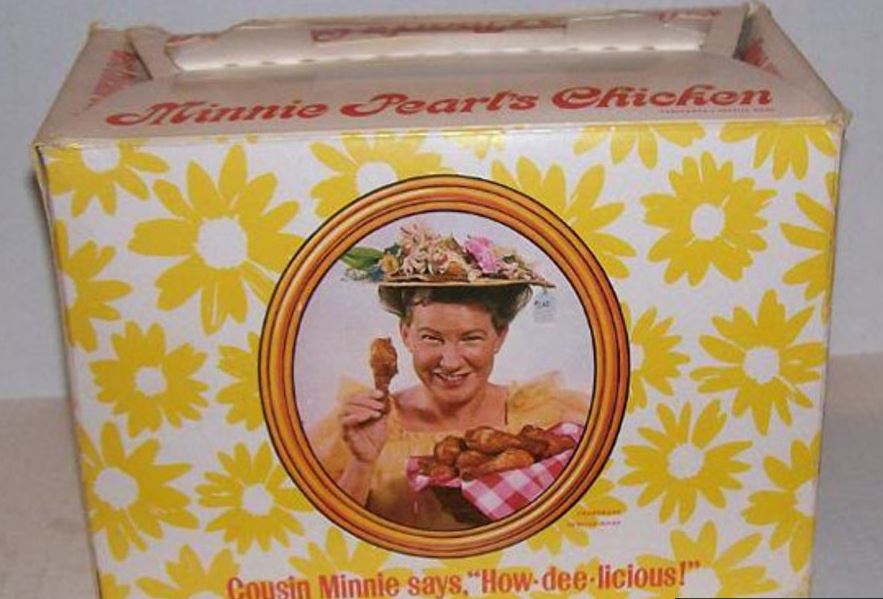
The restaurant ultimately opened over 500 locations, but the success wouldn’t last. Minnie Pearl’s Chicken restaurants collapsed due to bland food and allegations of manipulating stock prices. The business also had some accounting irregularities. All of these claims and problems with the food caused their untimely end.
Sambo’s
The first Sambo’s opened its doors in 1957 and was owned by Sam Battistone and Newell F. Bohnet. Sambo’s made headlines, but it wasn’t because of their food. The name of the restaurant caused issues because it was a derogatory term for African Americans. The owners thought the name was smart because it was a combination of their names.
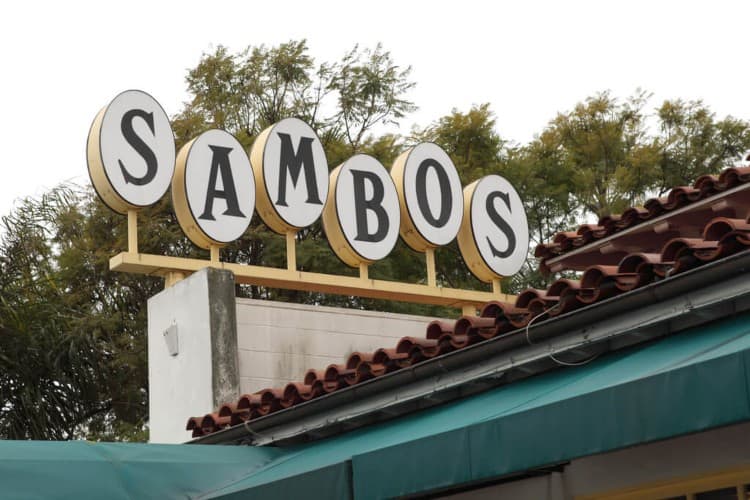
Sambo’s received a lot of negative comments from the public for their decor as well. The restaurant ultimately had 1,117 locations in 47 states before closing. The restaurant chain began closing in the early 1980s after some corporate decisions led to bankruptcy.
All-American Burger
All-American Burger grew in popularity after it was featured in the movie Fast Times at Ridgemont High in the 1980s. It was popular in Southern California but never really took off in other parts of the country, for whatever reason. There’s only one location still open today though, and it’s not in SoCal. It’s actually in Massapequa, Long Island, NY.
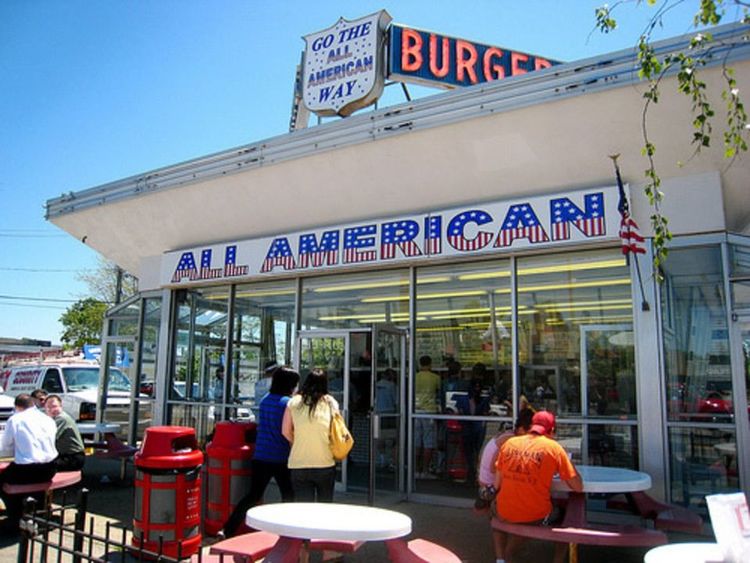
The last of the west coast locations closed in 2010 and was turned into something else. The remaining All-American Burger in Long Island still uses the same burger recipes from the 1960s, and also maintains the same logo that was used on the west coast.
White Tower
White Tower is often referred to as an imitator of White Castle, which opened in 1921. It was opened by John Saxe and his son, Thomas. They were accused of copying everything from White Castle, including the menus, style, advertising, and architecture. They did see some success during their run, but it wouldn’t last.
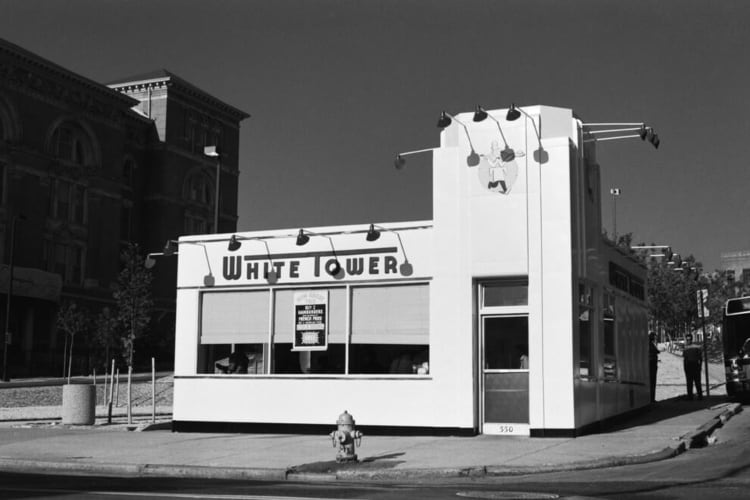
The restaurant chain opened a total of 230 locations before receiving legal claims from White Castle for their blatant lack of originality. The business was forced to make significant changes to the restaurants and ended up closing their doors at every location.
Chi-Chi’s
The first Chi-Chi’s was opened in 1975 by Marno McDermott and NFL player Max McGee. It was located in Richfield, Minnesota and introduced the community to Mexican food. It was a popular spot to eat for many years until the popularity of Mexican food began to rise around the country.
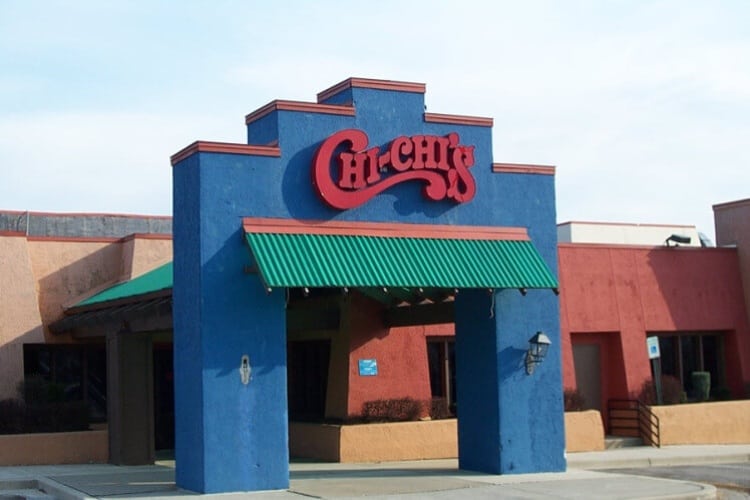
The Chi-Chi’s franchise managed to stay in business even after competing with new Mexican restaurants around the country. Their demise would come in 2003 when a Hepatitis A outbreak caused the deaths of three customers. The only remaining Chi-Chi’s was located in Utah, and it was eventually closed in 2011.
Lum’s
The first Lum’s was opened in 1956 in Florida by Clifford and Stuart Pearlman. They bought the hot dog stand for $10,000. The Pearlman brothers offered unique “beer steamed” hotdogs and became an instant hit among locals. It had four locations by 1961 and rapidly grew to over 400 locations by the late 1960s.
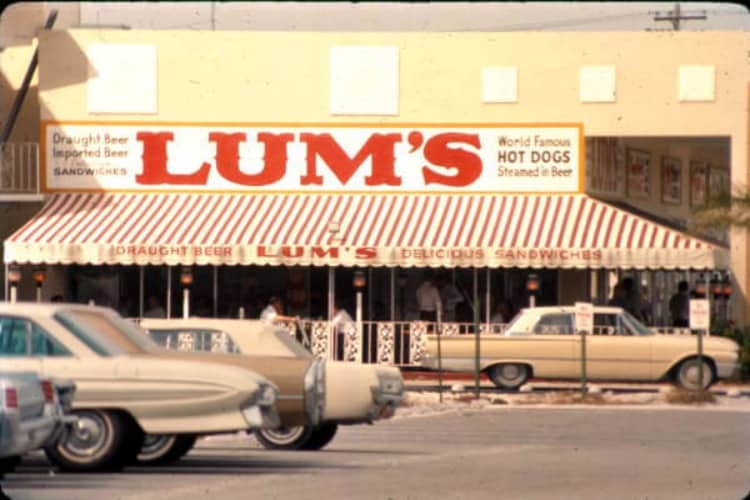
Lum’s was sold to John Brown, the chairman of Kentucky Fried Chicken, in 1971. After a few years, 273 Lum’s hot dog stands were purchased by Wienerwald Holdings. This holding company filed for bankruptcy not long after its purchase. Each location began to close, with the last closing in 2017.
Steak and Ale
The first Steak and Ale restaurant opened in Dallas, Texas in 1966. This restaurant offered a brand new concept to dining in the United States with their steak and salad bar. It was immediately successful with its affordable pricing. Sadly, other restaurants began to copy Steak and Ale’s business model and were able to become more successful.
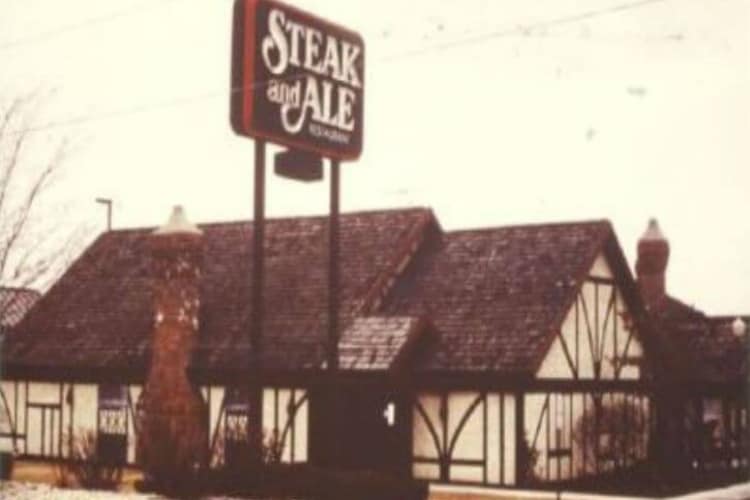
Steak and Ale ultimately closed their doors after other restaurants began to thrive around them. Bennigan’s purchased the Steak and Ale name after the last restaurant closed in 2010. The new owners hope to bring Steak and Ale back with affordable pricing for everyone.
Bob’s Big Boy
Bob Wian founded Bob’s Big Boy in 1936. It was initially called Bob’s Pantry. Bob worked his way up in the restaurant industry and purchased the ten-stool hamburger stand with the hopes of improving the restaurant game. His double-decker burgers were trendy among diners, and the mascot was a huge hit as well.
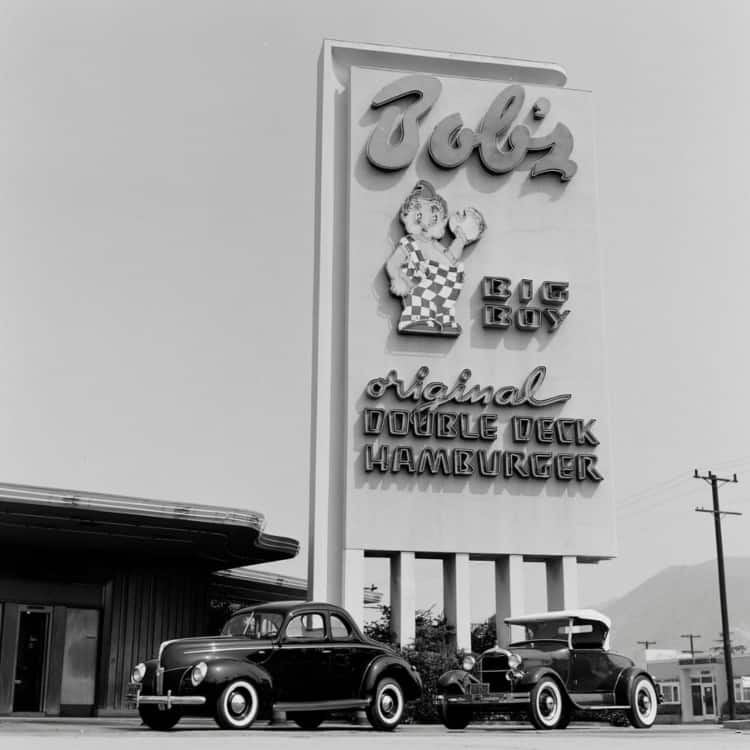
Bob’s Big Boy was successful through the 1980s and had more than 130 locations. The success wouldn’t last, however, as the next decade saw a decline in sales. Each site began to close, but you are still able to find a few of these restaurants around the country, and for some reason, they are still popular in Japan.
Valle’s Steak House
Valle’s Steak House was famous on the east coast from 1933 to 2000. It was well known for its steak and lobster menu choices. This restaurant was a family-owned and operated business that had a significant expansion in the 1970s. People loved their menu and affordable prices, but the success didn’t last.
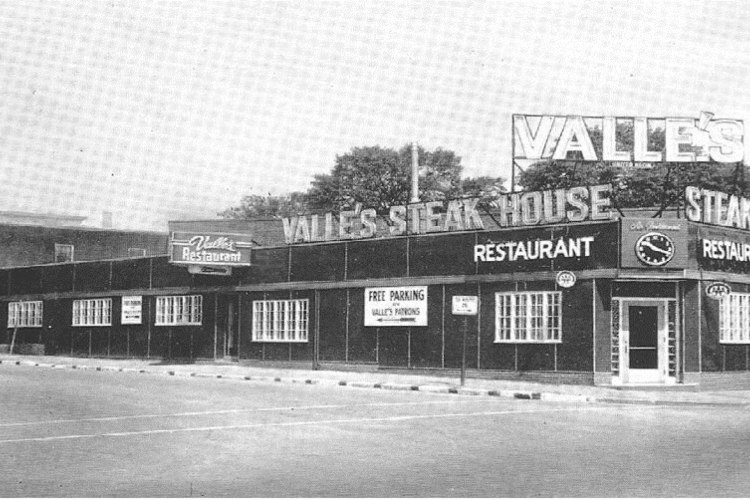
The original owner, Donald Valle, passed away in 1977, leaving his family with an estate bill they couldn’t afford to pay. Richard and Judith Valle sold their shares in the business after receiving declining sales and bills they couldn’t afford. Valle’s business model ultimately caused them to close.
Gino’s Hamburgers
Gino’s Hamburgers was a fast-food restaurant that opened in 1957. It was opened by Baltimore Colts stars Gino Marchetti and Alan Ameche and their friend Louis Fischer. The business was initially successful through the next decade, which led to an expansion into the Midwest. These new locations weren’t as successful and eventually closed their doors.
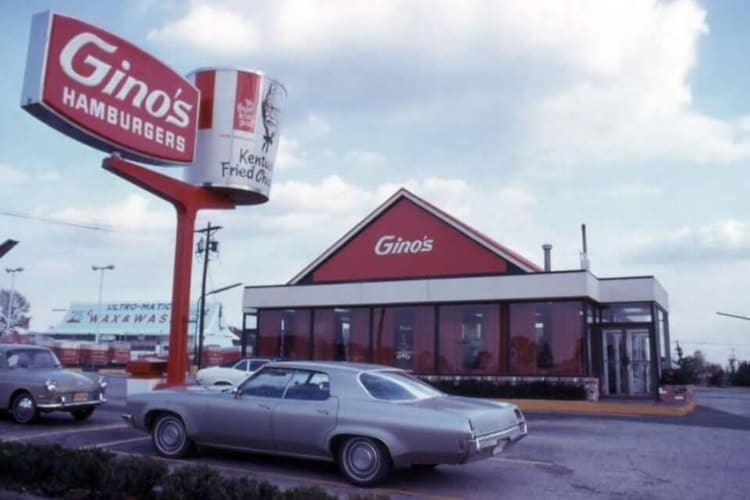
Gino’s Hamburgers was bought by the Marriot Corporation in 1982, and they decided to close the restaurants. Gino’s became Roy Rogers, and that too closed in 1986. Gino’s Hamburgers was reopened in 2010 as Gino’s Burgers and Chicken, and there are two locations in Maryland still open today.
A&W Drive-In Restaurants
A&W Drive-In was founded in Lodi, California in 1919, making it older than Wendy’s or McDonald’s. It was loved for its hot dogs, burgers, and frosty draft root beer in mugs. The restaurant went through a series of store closings and ownerships over the years, leaving fans concerned it would go out of business.
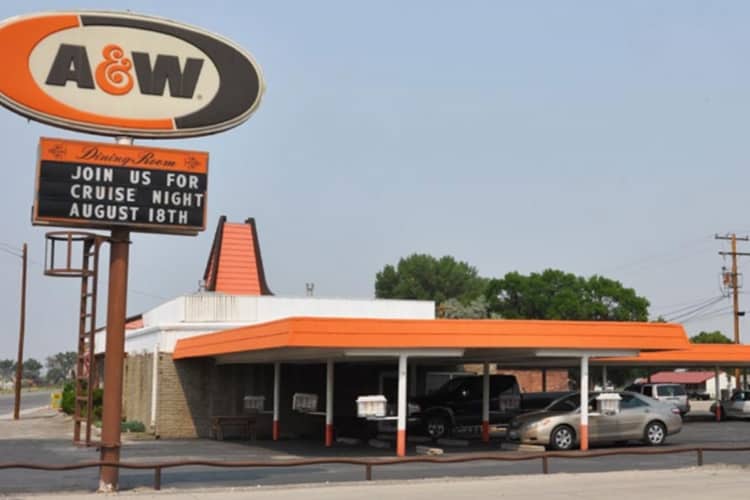
That changed in 2017 when A&W Drive-In Restaurants opened more locations than they closed. The restaurant is popular among car enthusiasts for their Cruise Nights, where they are able to showcase their classic cars and listen to music from the 1950s. These cruise nights are a weekly event.
Burger Chef
Burger Chef first opened its doors in Indianapolis, Indiana in 1954. It was immediately successful among locals, causing the owners to expand throughout the United States quickly. They eventually had over 1,050 locations around the country in the early 1970s. The success wouldn’t last, however.
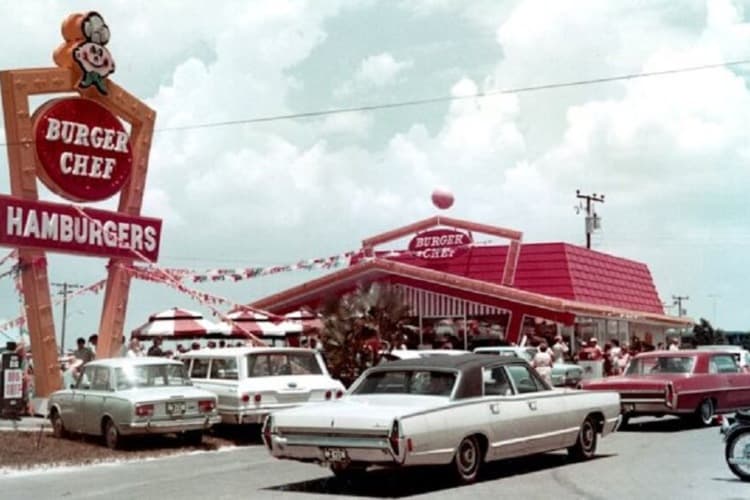
People enjoyed Burger Chef’s signature burgers like the Big Chef and Super Chef, but that didn’t mean the owners weren’t having problems. The restaurants began to close after some bad business practices came to light. Burger Chef was sold to Hardee’s in 1981.
Mr. Steak
Mr. Steak was open during the 1970s and was very popular, with over 300 locations around the United States. The problems began when competitors like Sizzle and Stuart Anderson’s Black Angus opened. Mr. Steak’s food quality didn’t compare to these other restaurants. The competitors had better-tasting food and better prices.
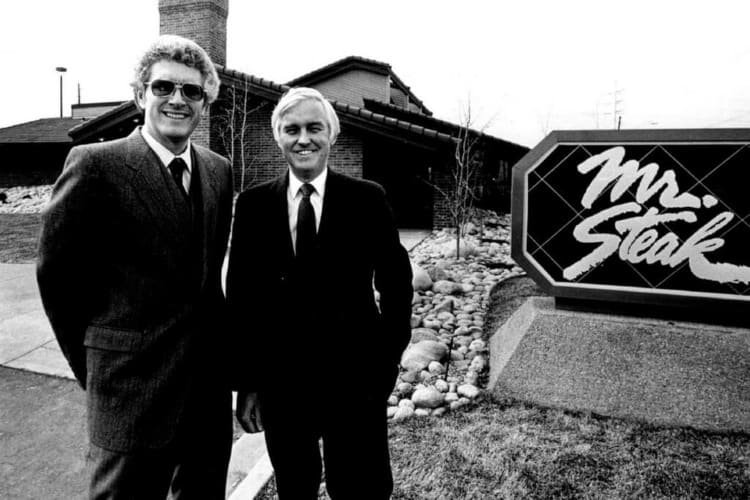
The owners of Mr. Steak filed for bankruptcy in 1987 but tried to save the company first. Some of the Mr. Steak restaurants were converted into a new restaurant called Finley’s. There are five of these locations still open in Michigan, but Mr. Steak is gone for good.
Bennigan’s
Bennigan’s was founded in 1976 by Norman E. Brinker. It was a famous Irish pub-themed restaurant and was best known for being a casual restaurant with affordable menu options. The restaurant grew in popularity and continued to open locations all over the world. It was popular in the United States and 14 other countries.
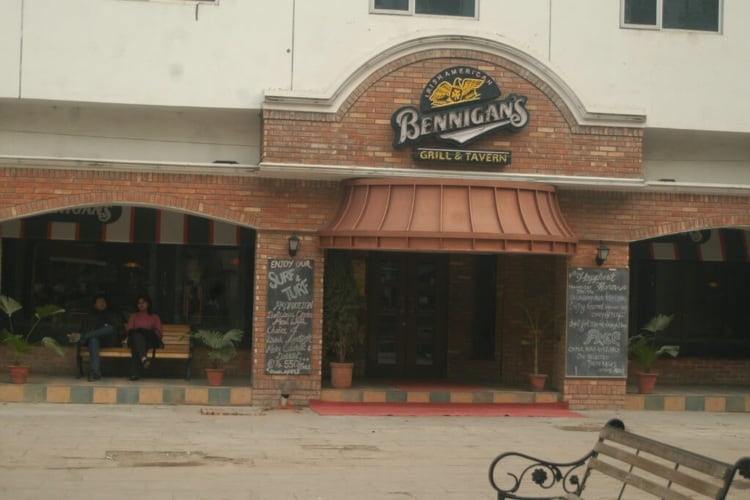
Bennigan’s downfall began when the owner failed to modernize the restaurants. People wanted to see it thrive, but the outdated concept led to lowered sales. It fell behind restaurants like Chili’s and TGI Friday’s when they began changing their interior. Bennigan’s began closing its locations in 2006.
Ponderosa Steakhouse and Bonanza Steakhouse
Ponderosa and Bonanza Steakhouses are a buffet-style chain that opened in 1965 in Plano, Texas. People love this classic American food that includes steak, chicken, and seafood with a variety of side dishes and desserts. These steakhouses changed owners a few times in the 1980s and ’90s, with the most recent owner being Homestyle Dining LLC.
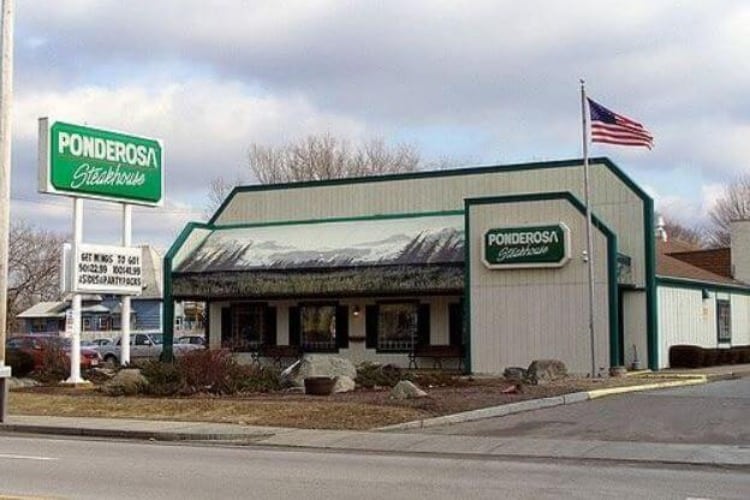
Some of these restaurants are still open, so don’t fret if they are among your favorites. Ponderosa and Bonanza steakhouse currently has 88 locations around the country. This number is a far cry from the numbers throughout the 1970s and ’80s. There were over 600 open during that time.
Charlie Brown’s Steakhouse
The first of these steakhouses was opened in Warren, New Jersey in 1966. Charlie Brown’s Steakhouse was well-known for its prime rib and a house salad with egg, shrimp, and Catalina dressing. These signature dishes helped Charlie Brown’s to expand into New York and Pennsylvania. The problems began when the restaurant couldn’t keep up with the competition.
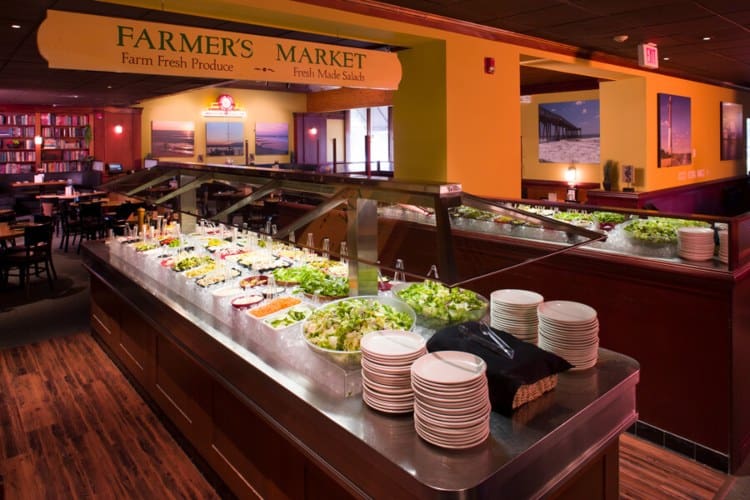
Charlie Brown’s Steakhouse was sold to Castle Harlan and then sold again to Trimaran Capital Partners, which caused them to file for bankruptcy in 2010. Charlie Brown’s closed 47 locations after filing for bankruptcy. It currently has 20 locations still open under the name of Charlie Brown’s Fresh Grill.
D’lites
D’lites was founded in 1978 by Dough Sheely and Jeffrey Miller. They quickly grew in popularity and had over 100 locations by 1985. It was based in Georgia and was known for its low-calorie menu. The most popular dish was a lean beef hamburger served with low-calorie cheese and high-fiber buns.
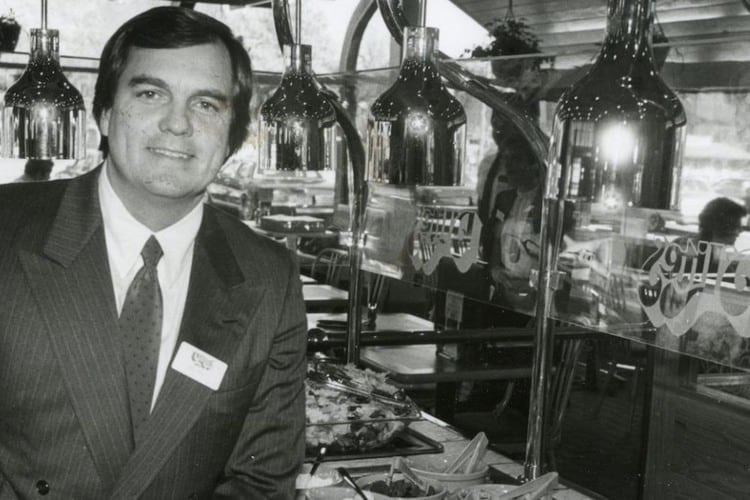
Things changed in 1986 when D’lites filed for bankruptcy. The bankruptcy came as a result of other popular restaurants serving healthy options. Ninety-nine percent of the restaurants were sold and rebranded as Hardee’s in 1987. It was difficult for D’lites to compete with other restaurants that served more options.
Naugles
Del Taco partner Dick Naugle founded Naugles in 1970. It was a Mexican fast-food chain restaurant that opened its doors in Riverside, California. Mr. Naugles’ motto was to prepare fresh food, serve the customers quickly, and keep the place clean. Naugles had three locations open before ultimately selling them to Harold Butler.
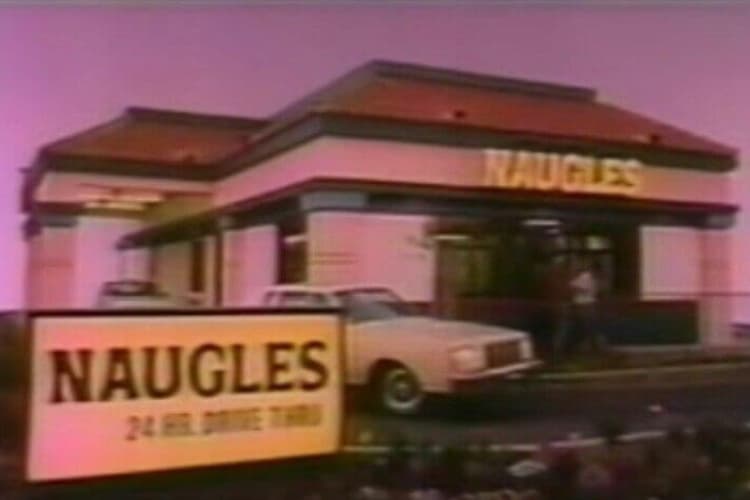
Naugles began expansion by a system of non-exclusive franchises, which was deemed unlawful by a federal judge. Mr. Butler was able to open 225 locations before selling. Naugles merged with Del Taco in 1988, and each restaurant was closed for good. There are only four locations open today.
Druther’s
Druther’s originally opened as Burger Queen in 1963 and changed its name in 1981. It was replaced with the customers in mind, as it was often believed they only sold burgers. This wasn’t the case, however, as they also sold fried chicken and had a self-serve salad bar with all the fixings.
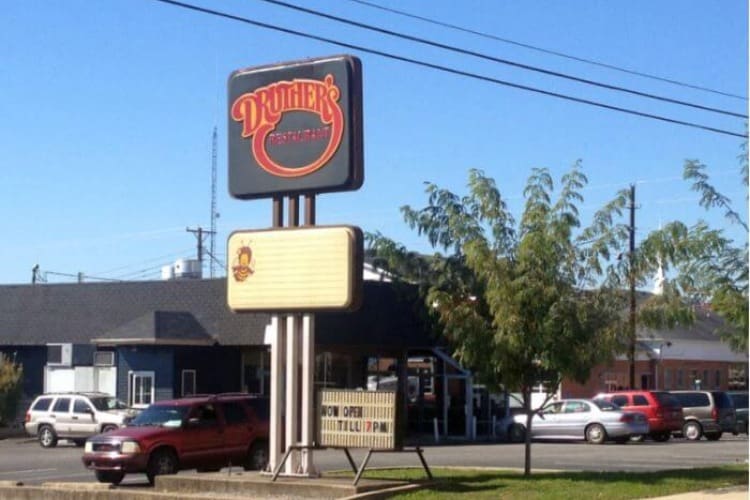
Druther’s was a popular choice for fast food and grew in popularity. This resulted in 171 locations being opened throughout seven states. Druther’s International Inc. was eventually bought out by Dairy Queen, and most of the places were converted. You can still find Dairy Queens, especially in the Midwest.
Henry’s Hamburgers
Henry’s Hamburgers was opened in Chicago, Illinois in 1954. It was initially called Besler’s Ice Cream Company, but the owners decided to expand their business to include fast food. The expansion went well, and the company grew to 35 locations by 1956. People in the Chicago area loved their hamburgers and ice cream.
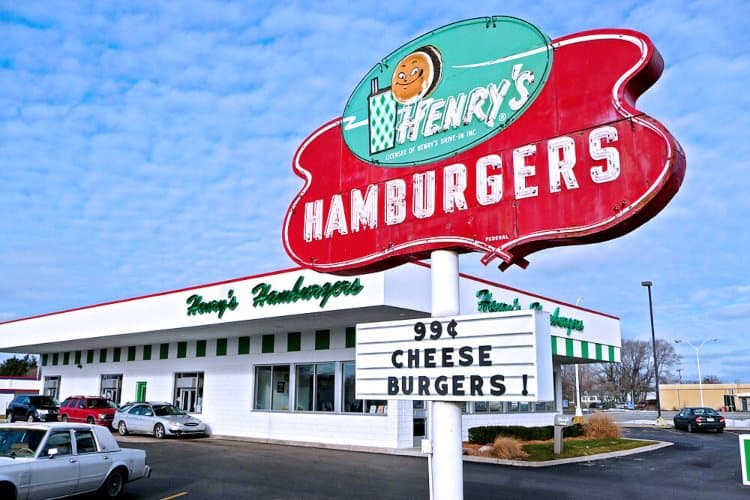
The 1960s brought significant expansion, with over 200 locations. People loved their cheeseburgers, fries, and milkshakes. Henry’s Hamburgers ran into trouble in the 1970s, and while the reasons are still unclear, it is believed changes in ownership are the cause. There is only one location still open in Michigan.
Kenny Rogers Roasters
The country singer Kenny Rogers partnered with a former KFC CEO named John Brown in 1990 to open Kenny Rogers Roasters. It served rotisserie chicken with sides such as macaroni and cheese, mashed potatoes, baked beans, and coleslaw. The food was popular among loyal customers, but the restaurant wasn’t able to keep up with the competition.
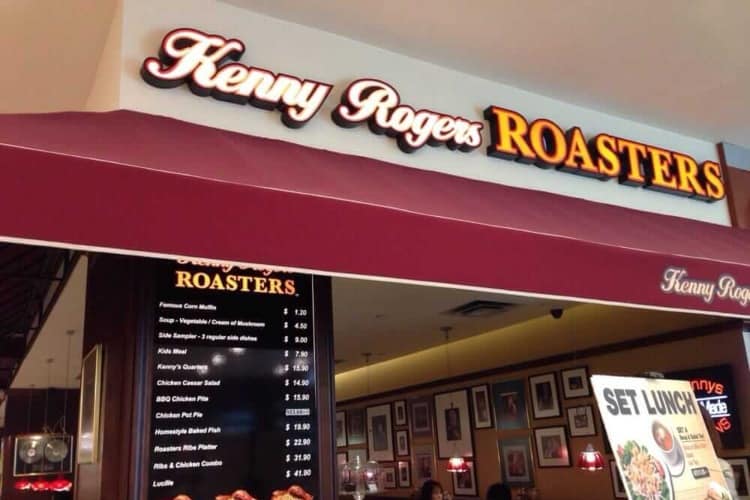
Kenny Rogers and his partner sold the restaurants to Nathan’s in 1998. Nathan’s then sold it to an Asian franchiser. The restaurants closed their doors soon after. While there are no Kenny Rogers Roasters left in the United States, it still continues to thrive in Asia.
Pup ‘N’ Taco
Pup ‘N’ Taco was trendy in the 1970s in Southern California. The First Pup ‘N’ Taco opened in 1965 in Pasadena, California. This restaurant specialized in tostadas and tacos, along with pastrami sandwiches, fries, and hotdogs. They also served something called a Pup ‘N’ Taco Slush that was very popular.

There were 63 Pup ‘N’ Taco locations by 1973 in southern California. The prime locations for these restaurants would eventually cause problems. In 1984, Taco Bell bought 99 Pup ‘N’ Taco restaurants, causing the rest to close their doors. They couldn’t compete with Taco Bell.
Carrols
Carrols restaurants were a popular choice for fast food in the 1960s in New York. Herb Slotnick bought the rights for each franchise in the state due to their popularity. Carrols wouldn’t last long, however, because by 1975, many of the restaurants were converted into Burger Kings. This is one of those restaurants you will likely never see again.
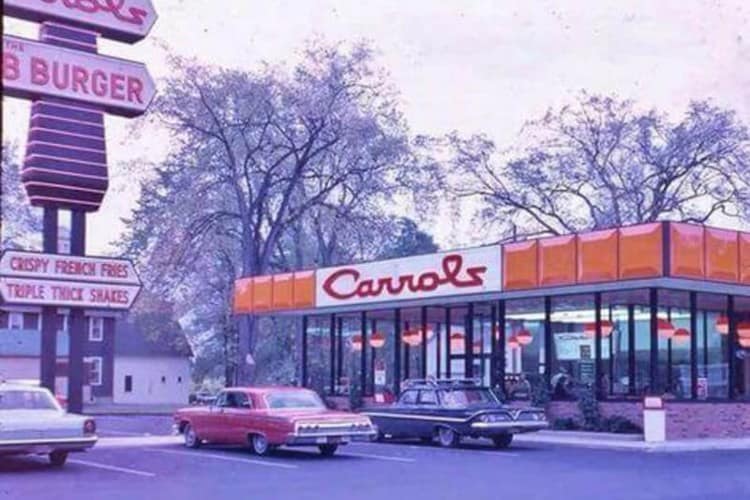
Herb Slotnick also owned other chain restaurants like Pollo Tropical and Taco Cabana. There is another Carrols available in Finland, but it isn’t affiliated with the restaurants that were so popular in New York. Every Carrols restaurant in the United States has been changed into something else.
Wetson’s
Wetson’s was a popular choice for fast food in the 1960s and ’70s in the New York area. Wetson’s was popular for their 10-cent french fries and 15-cent burgers. If you were told to “look for the orange circles,” you knew that meant going to Wetson’s for their cheap but tasty food.
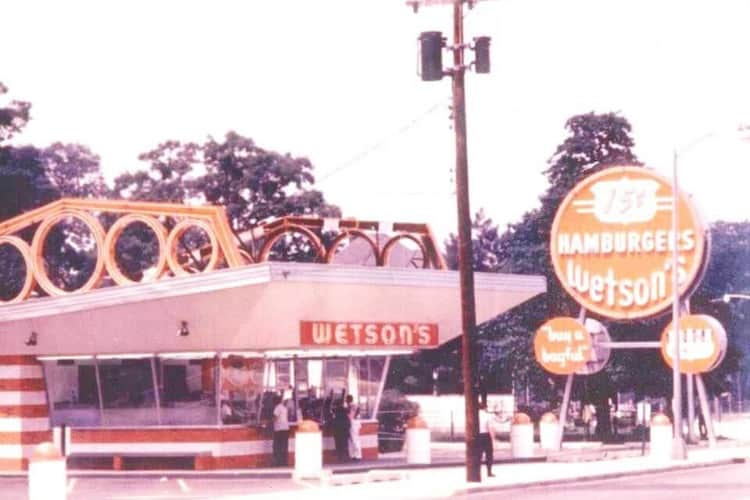
The most popular choice at Wetson’s was the Big W. This restaurant couldn’t compete with larger chains like McDonald’s and Burger King and eventually closed their doors in 1975 to merge with Nathan’s Famous Fast Food. You won’t find any Wetson’s restaurants left around the country.
Rax Roast Beef
Rax Roast Beef was famous in Ohio in the 1980s. They were able to compete with larger roast beef chains like Arby’s for a time. They added a salad bar to their restaurants, and people loved to create their own salads. The downfall of this restaurant came from something unexpected.
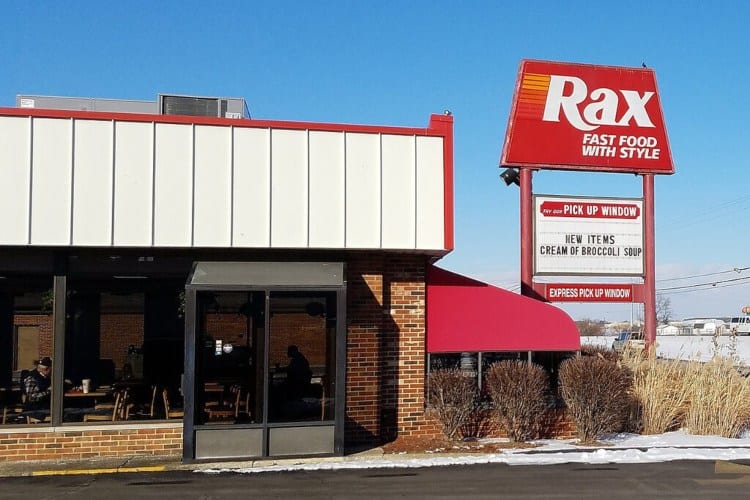
Rax Roast Beef began adding things to their menu that didn’t belong. Some of these items included pizza, Chinese food, baked potatoes, and a taco bar. The owners started redecorating stores to match their new menu options but ended up losing customers.
Claudia Sanders, “The Colonel’s Lady”
Claudia Sanders was the wife of the famous Colonel Sanders in the 1960s. Colonel Sanders’ fried chicken recipe was famous by 1964 and spawned over 600 restaurants before they decided to sell to a group of investors. Colonel Sanders and his wife, Claudia, decided to reopen their original restaurant in 1968.
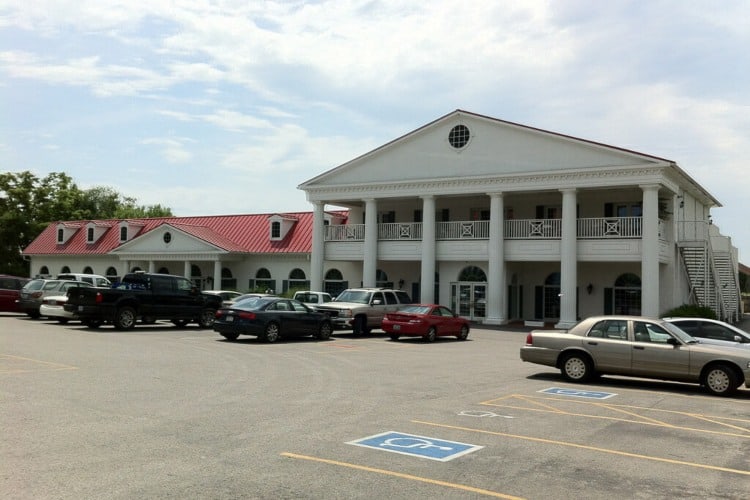
It was dangerous, even under a new name, and it didn’t take long for them to be sued. They were serving KFC-style chicken after selling the recipe. The Sanderses reached an agreement to serve the chicken but had to change the restaurant’s name and offer a full-service dinner menu.
Red Barn
Red Barn was a popular restaurant in the 1980s with over 300 locations in 19 states. They also had restaurants abroad in Canada and Australia. Red Barn was trendy for its Big Barney and Barnbuster burgers, which were similar to a Big Mac and Quarter Pounder, respectively. Red Barn came up with these ideas before McDonald’s.
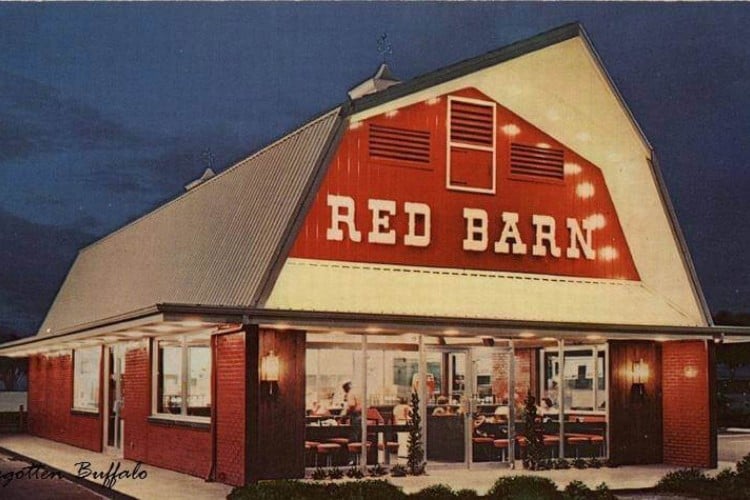
This restaurant was also the first to showcase self-serve salad bars. The problems arose when owners of franchises failed to renew their leases. If you’re leasing a building, you have to pay the rent or risk getting kicked out. Many of these restaurants were converted into new businesses afterward.
Pioneer Chicken
Pioneer Chicken was founded in Los Angeles, California and named after a chain of supermarkets in the area. They were praised for their fried chicken, gizzards, and livers. You don’t see many restaurants with those items on the menu! They were well-known for their bright orange deep-fried chicken. It was considered the best in the area.
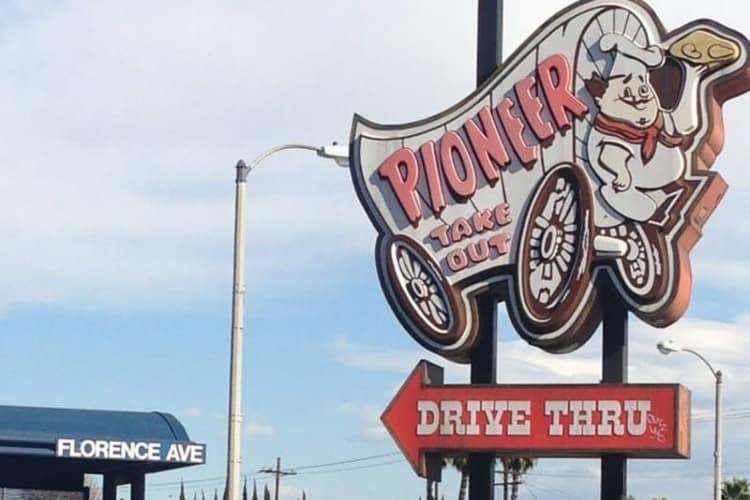
Pioneer Chicken was very popular in the 1980s with over 200 locations in California and Hawaii. In the late 1980s, Pioneer Chicken went bankrupt and had to sell the restaurants. There are only two Pioneer Chicken restaurants left in the Los Angeles area.
Sandy’s
Sandy’s was a popular fast-food chain restaurant in the 1960s. The restaurant was well-known for their burgers, fries, and milkshakes, which sold for just a few cents. Sandy’s is widely considered to be the first Hardee’s restaurant. The problems for Sandy’s restaurant arose when the owners ran out of money.
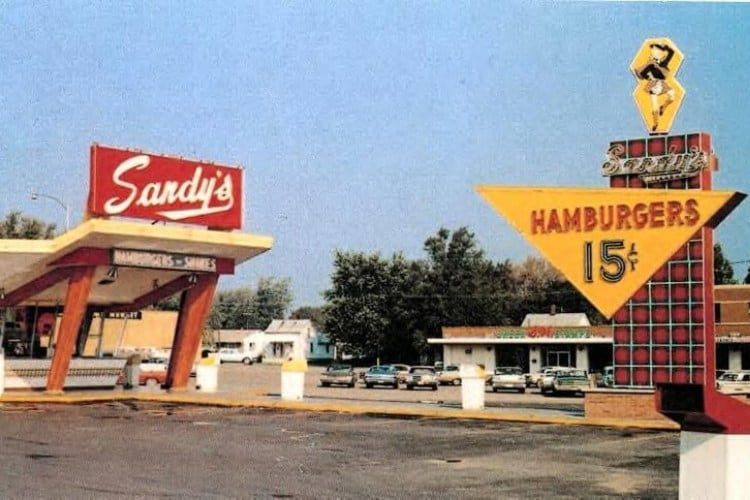
Sandy’s merged with Hardee’s in the late 1960s due to a lack of funds. People loved Sandy’s and hoped for an expansion, but the owners refused before the merger. Many of the Sandy’s restaurants agreed to convert into Hardee’s in the early 1970s.
Weenie Beenie
Weenie Beenie was a popular choice for fast food in Virginia in the 1950s. The restaurant was popular for its hot dogs, pulled pork sandwiches, and half-smokes. Weenie Beenie was founded by Carl and Bill Staton in Arlington, Virginia. Bill made his money playing billiards and used it to fund the restaurants.
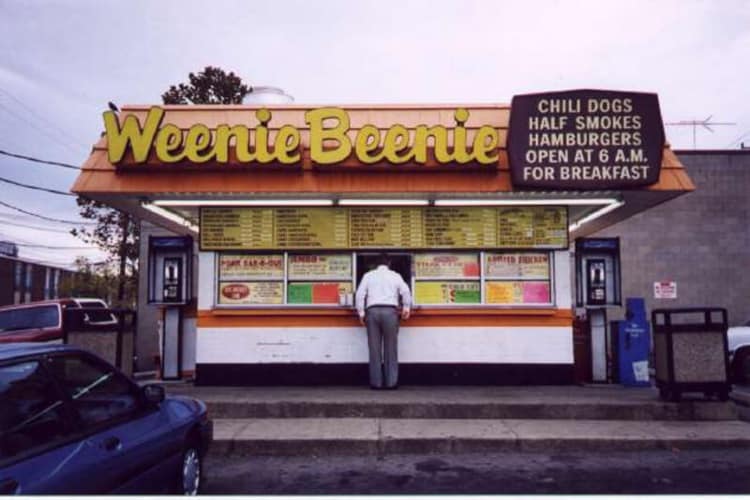
Weenie Beenie had a convenient walk-up window similar to Checkers and Rally’s. There was once a total of six Weenie Beenie restaurants in Virginia, but only one remains. It is located in the original building that Carl and Bill Staton first opened in Arlington.
Beefsteak Charlie’s
Beefsteak Charlie’s was popular in the 1980s, with over 60 locations around New York. Charles Chessar originally opened it in 1910 in New York City. It changed hands numerous times and eventually became a chain restaurant in the 1970s. People loved Beefsteak Charlie’s for its all-you-can-eat salad bar. They also offered unlimited drinks, and people loved that they didn’t get charged extra.
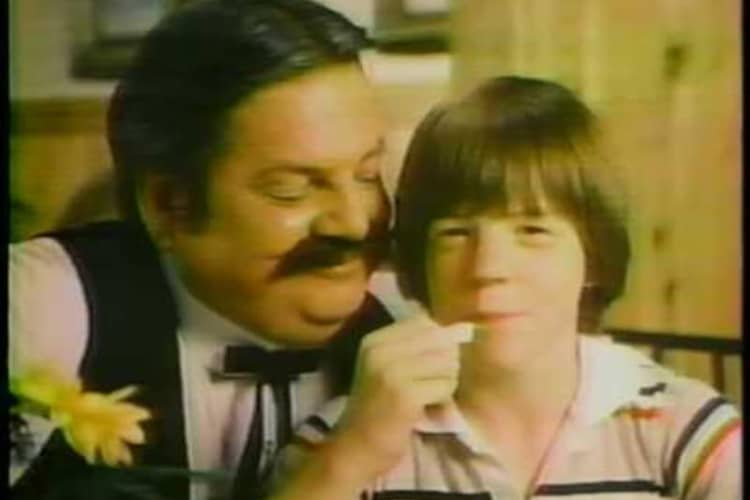
Beefsteak Charlie’s had a catchy commercial featuring Beefsteak Charlie and Beefsteak Chuck. These restaurants officially went out of business in the early 2000s, and you won’t find any still open around New York today.
Official All-Star Café
The Official All-Star Cafe was famous in the 1990s for its sports theme. It was similar to ESPN Sports Zone, where you could watch your favorite games while enjoying dinner. This restaurant was designed by Planet Hollywood, which was able to get famous athletes like Wayne Gretzky, Andre Agassi, and Joe Montana to invest in it.
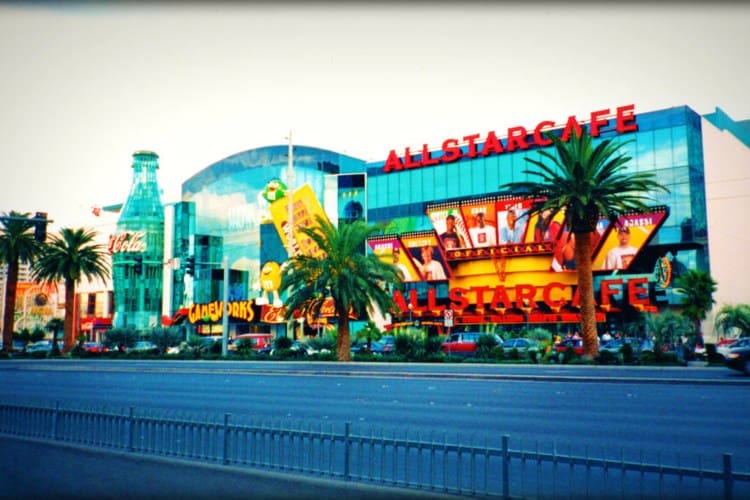
The Official All-Star Cafe was famous in major cities like New York City, Las Vegas, and Cancun. The success wouldn’t last, however, as Planet Hollywood filed for bankruptcy in 1999. They were eventually bought out by Disney, and the last restaurant closed in 2007.
VIP’s
VIP’s restaurant was popular in the 1970s and was similar to Denny’s. It was open 24 hours a day and found in the Pacific Northwest. It was a popular choice for diners in Oregon, Washington, Nevada, and California. VIP’s ran into problems when they were bought out by other companies.
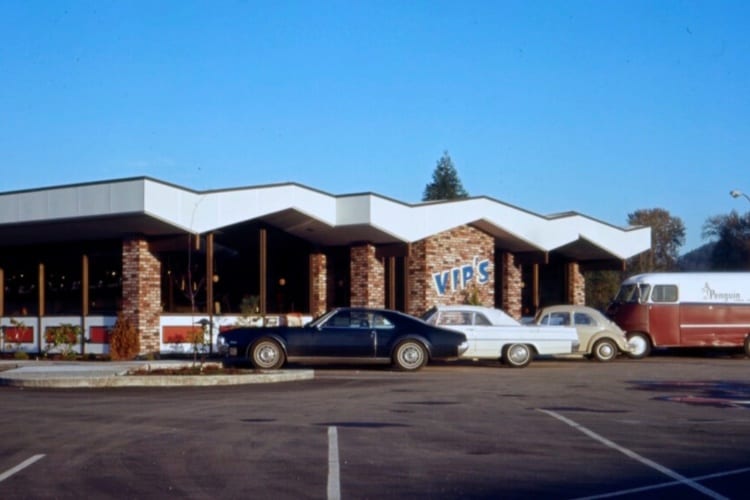
As an example, 35 VIP’s restaurants were bought by Denny’s Inc. for $12 million. People were shocked, but the owners thought they made a good deal. They stated that the deal was too good to pass up. Denny’s was able to help employees keep their jobs when the restaurants closed.
Horn & Hardart
Horn & Hardart was popular in the 1920s due to their ability to allow you to serve yourself. It was a convenient option for fast food during that time. Horn & Hardart offered one of the first automats on the east coast. These are vending machines that allow you to receive your food immediately.

People loved the New Orleans-style coffee from the automat, which was coffee mixed with chicory. The vending machine service at Horn & Hardart was popular up until the 1960s, when fast-food restaurants became even more convenient. It’s possible that the food just tasted better coming from an actual restaurant.
Isaly’s
Isaly’s was a popular choice for fast food in the 1960s that started in Mansfield, Ohio. This business was made famous for inventing the Klondike Bar and its slogan, “What would you do for a Klondike Bar?” People also loved Isaly’s chipped chopped ham. This restaurant was located in the Midwest and quickly spread to Pennsylvania.
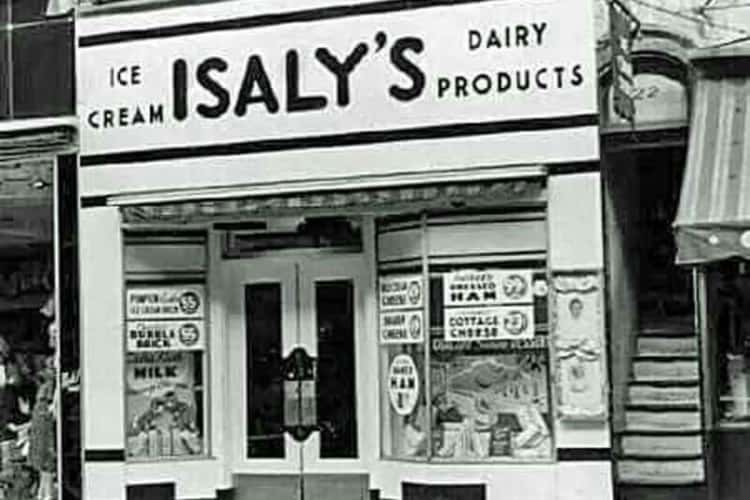
William Isaly opened Isaly’s when he decided to sell his dairy products. He wanted a lunch counter service that could be enjoyed by everyone. The business first began in the 1920s and quickly grew to locations all over the Midwest and Pennsylvania.
Schrafft’s
Schrafft’s opened in New York City in 1906 and was owned by the same people who owned Schrafft’s food and candy business out of Boston, Massachusetts. They attracted female customers while they were out shopping. The owners of Schrafft’s hoped to make women feel comfortable in their restaurant, as it was the only one in the area to allow women to eat alone.
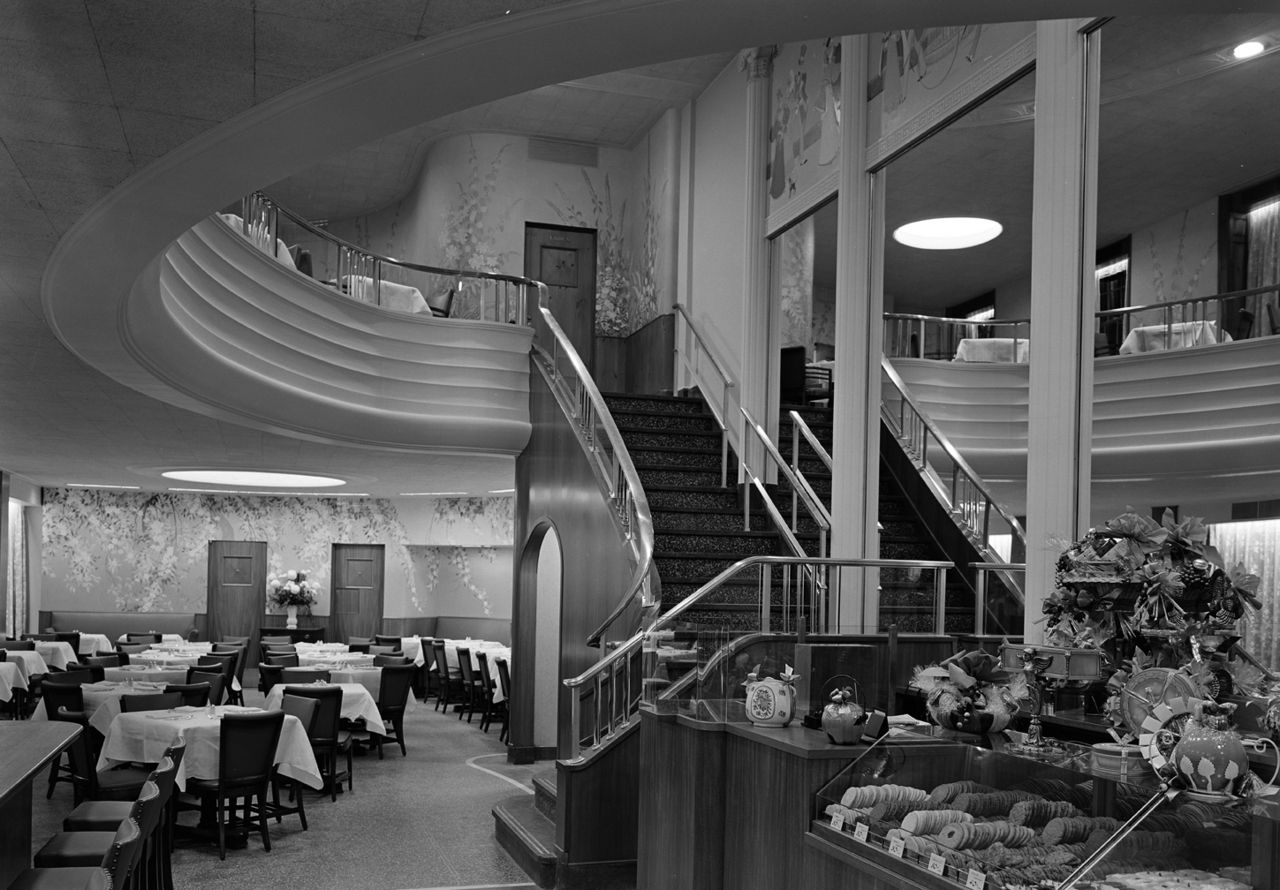
Schrafft’s offered a moderately priced dining experience with tables and a lunch counter. The restaurant was able to stay afloat during the Great Depression but couldn’t compete with other restaurants in the 1960s. This caused the owners to sell the restaurant.
Wimpy
The first Whimpy restaurant opened in Bloomington, Indiana in 1934. It was opened by Edward Gold, who got the name for the restaurant from J. Wellington Wimpy from the Popeye comic books. This spot was a trendy restaurant, which opened locations all over the world. There were 26 locations just in the Chicago area by 1940.
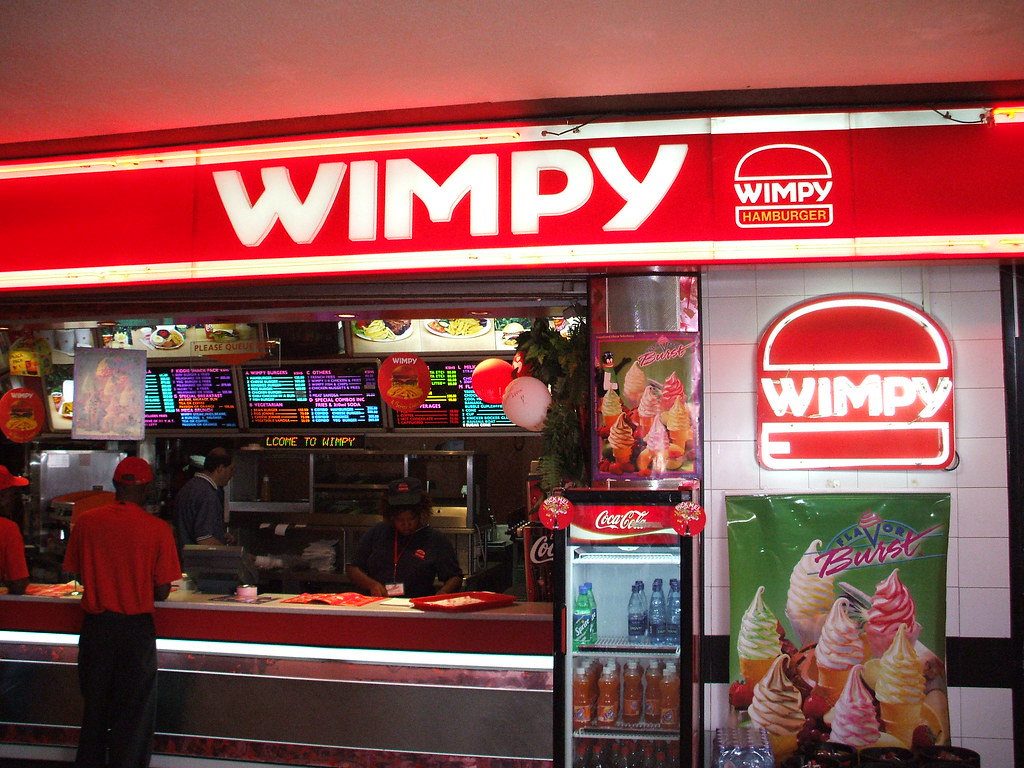
Wimpy’s restaurants expanded to the United Kingdom and South Africa. Some still exist in these countries today. You won’t find any in the United States, however, as Edward Gold passed away in the 1970s and the rights to the name were never purchased.
Childs
Childs restaurant was a popular choice for restaurant dining in the 1930s and 1940s. It had 125 locations around the United States. Childs served 50 million meals a year during their time in operation and made over $37 million. They had an excellent business plan, which made it a great place to work as well.
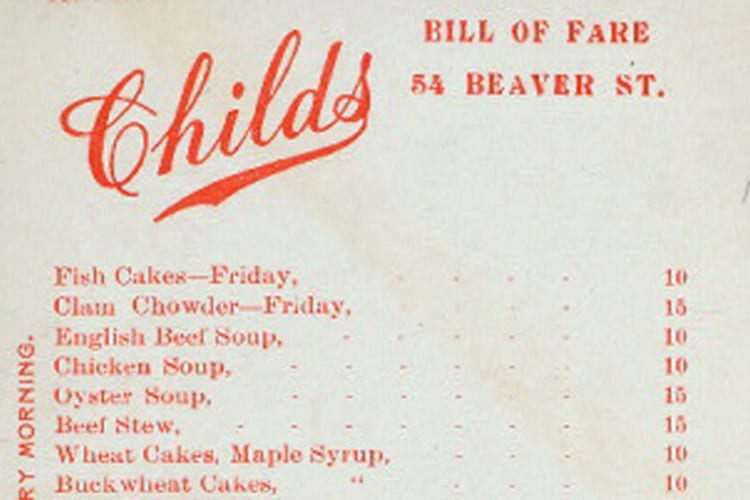
It may be unexpected to hear that the owners of Childs restaurants filed for bankruptcy in the 1940s. This caused it to fall apart slowly. They were able to keep the business open through the 1950s but closed during the next decade.
